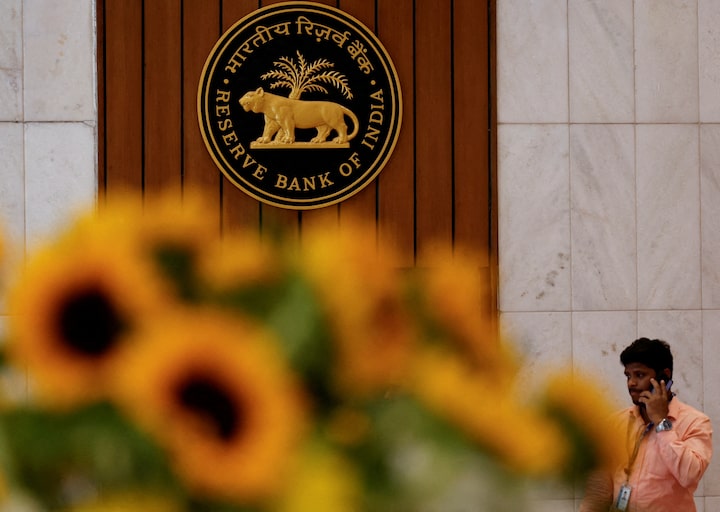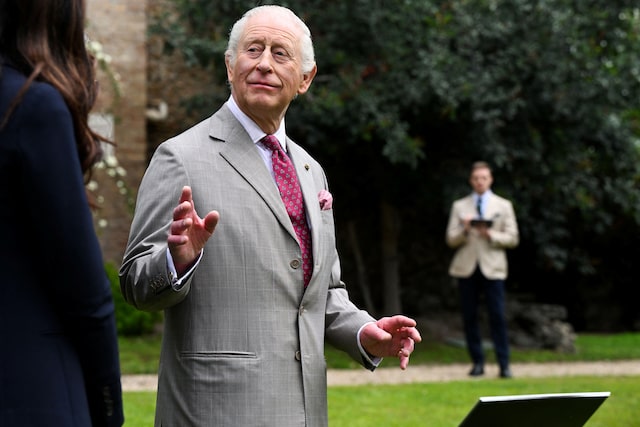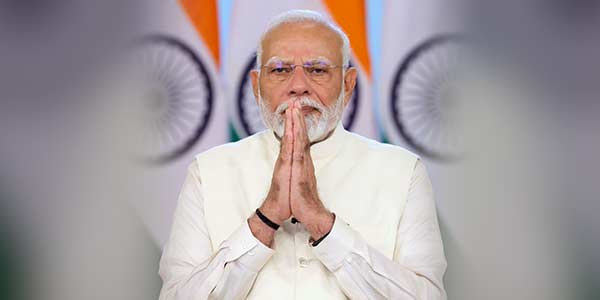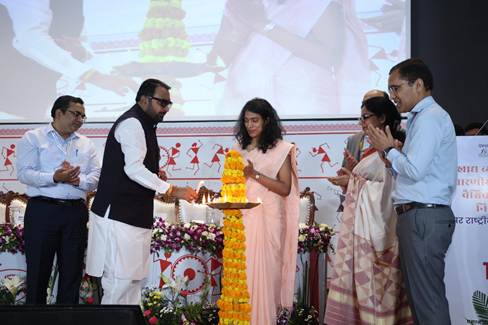A man speaks on his phone as he walks past the Reserve Bank of India (RBI) logo inside its headquarters in Mumbai, India, February 7, 2025. REUTERS
Summary
- RBI cuts policy rate for second consecutive meeting
- Policy stance changed to ‘accommodative’ signaling room for further easing
- 2025-26 GDP growth forecast cut to 6.5% from 6.7%; inflation forecast cut to 4% from 4.2%
- Trade protectionism, and currency wars could further pressure the rupee
MUMBAI, April 9 (Reuters) – The Reserve Bank of India (RBI) lowered its key repo rate on Wednesday for a second consecutive time and changed its monetary policy stance signalling room for more cuts ahead, as it seeks to boost the sluggish economy in the face of fresh U.S. tariffs.
India became the second central bank after the Reserve Bank of New Zealand to cut interest rates since the wide-ranging levies were announced.
The tariffs have raised the risk of a global slowdown and a U.S. recession while sparking financial turmoil, leaving emerging market central banks facing a tough choice between cutting rates to support growth and shoring up their fragile currencies.
India’s Monetary Policy Committee (MPC), which consists of three RBI and three external members, cut the repo rate by 25 basis points to 6.00% as expected. It started reducing rates with a quarter-point reduction in February, its first cut since May 2020.
The central bank also changed its stance to “accommodative” from “neutral”.
The 26% tariffs announced by the U.S. on imports from India have exacerbated uncertainties but quantifying the impact on growth is difficult, central bank Governor Sanjay Malhotra said in his statement.
“Growth is improving after a weak performance in the first half of the financial year 2024-25, although it still remains lower than what we aspire for,” said Malhotra, adding that the inflation outlook is benign.
All six MPC members voted to cut the repo rate.
The change in the policy stance means the MPC is considering only two options, either status quo or a rate cut, and the stance does not directly link to liquidity conditions, he said.
“We note the increasing global turmoil and its spillovers to the Indian growth slowdown will necessitate the MPC for deeper rate cuts,” said Upasna Bhardwaj, chief economist at Kotak Mahindra Bank.
“We see scope for an additional 75-100 bps of rate cuts in the year ahead, depending on the scale of global slowdown,” she said.

GROWTH, INFLATION FORECASTS CUT
The RBI now estimates growth at 6.5%, slightly lower than its earlier estimate of 6.7%. It sees inflation at 4% compared to 4.2% earlier.
“In such challenging global economic conditions, the benign inflation and moderate growth outlook demands that the MPC continues to support growth,” the committee said in its written statement.
India’s benchmark 10-year bond yield was marginally lower at 6.50% after the announcement, against 6.51% before, while the rupee was little changed at 86.57. The benchmark equity indexes extended their losses and were down around 0.6% each.
Economists estimated growth in the world’s fifth-largest economy could be hit by 20-40 basis points in the current fiscal year due to the direct and indirect fallout of higher tariffs.
“We see growth undershooting the RBI’s estimates and expect it at 6.3% for the fiscal year 2026,” Sakshi Gupta, principal economist at HDFC Bank said.
RUPEE WEAKNESS
In an accompanying monetary policy report, the central bank said that rising trade protectionism and threat of currency wars could put further pressure on the rupee.
If the rupee depreciates by 5% over its current assumption of 86 per U.S. dollar, inflation could rise by around 35 bps while GDP growth could benefit by around 25 bps through the trade channel as exports become more competitive, the report said.
The rupee has declined 1.2% since the U.S. reciprocal tariffs were announced, largely in line with losses seen in major Asian peers. It hit a record low of 87.95 on February 10.
Reporting by Swati Bhat and Sudipto Ganguly; Writing by Ira Dugal; additional reporting by Dharamraj Dhutia, Siddhi Nayak and Jaspreet Kalra, Editing by Savio D’Souza and Kim Coghill





